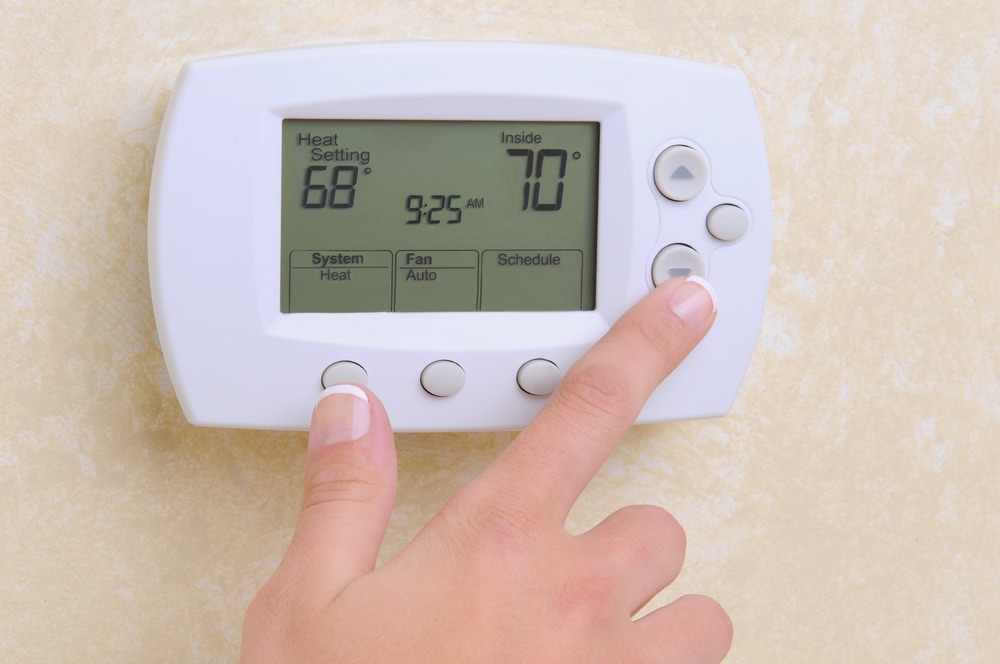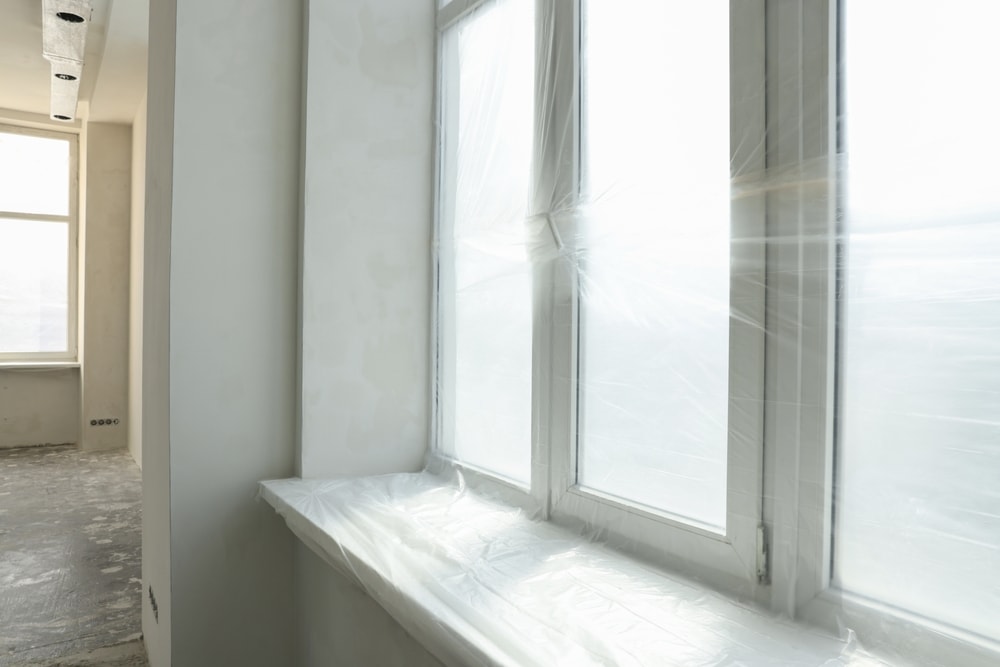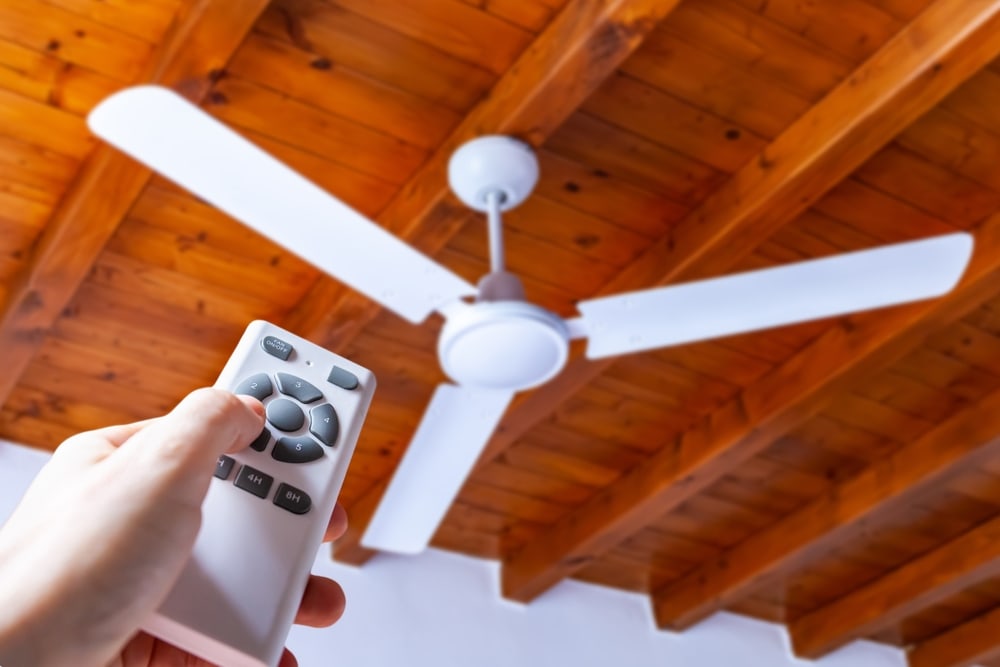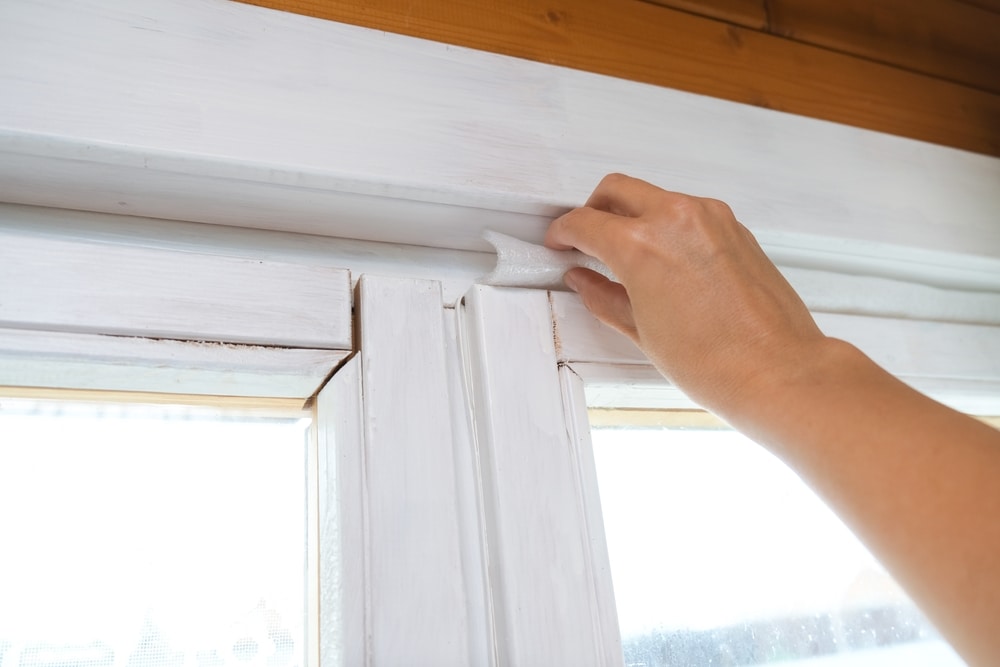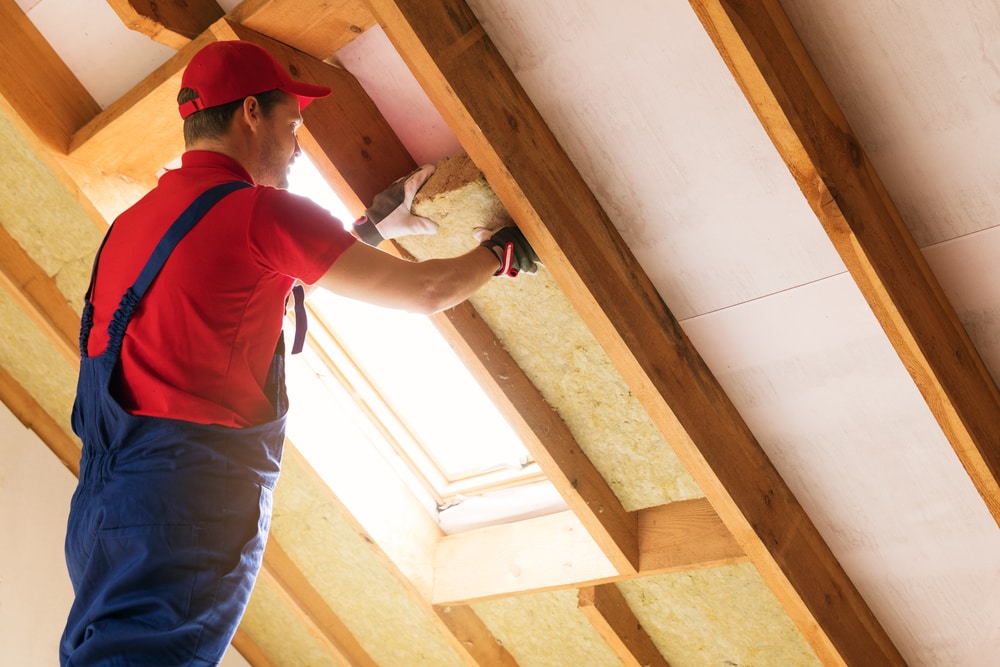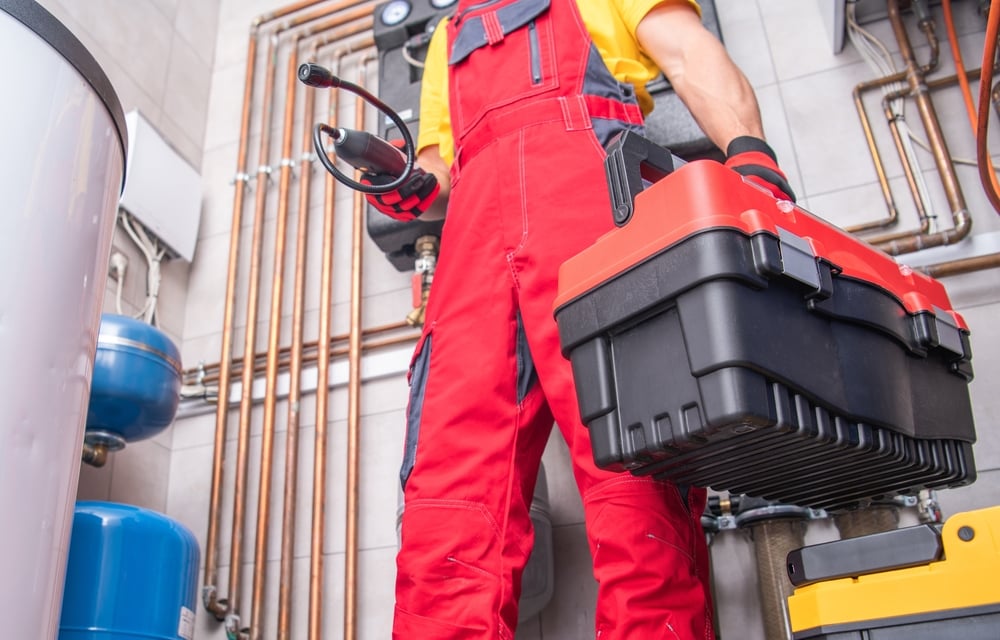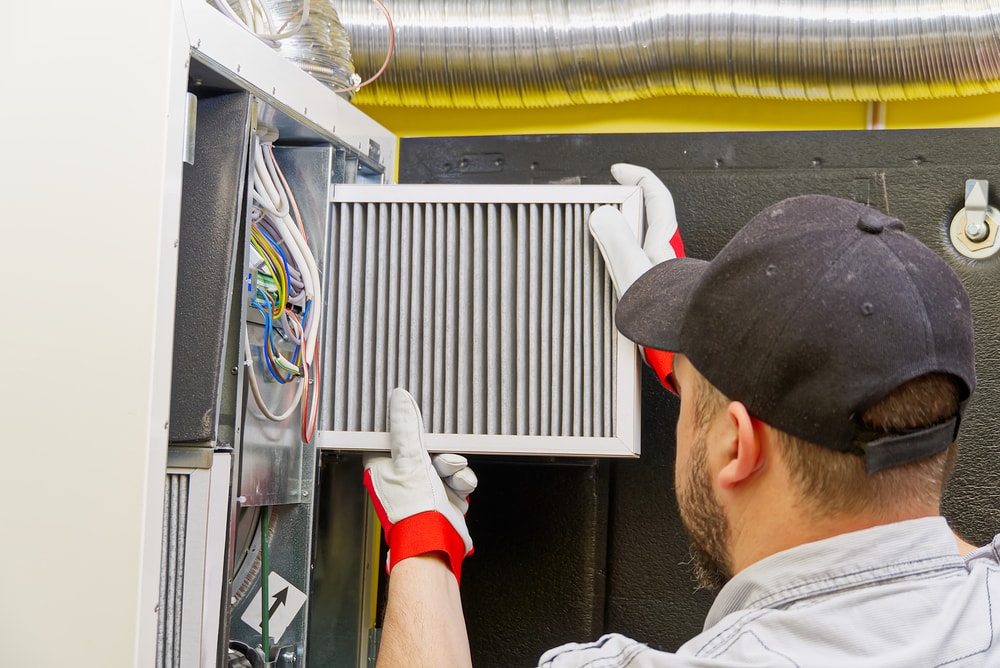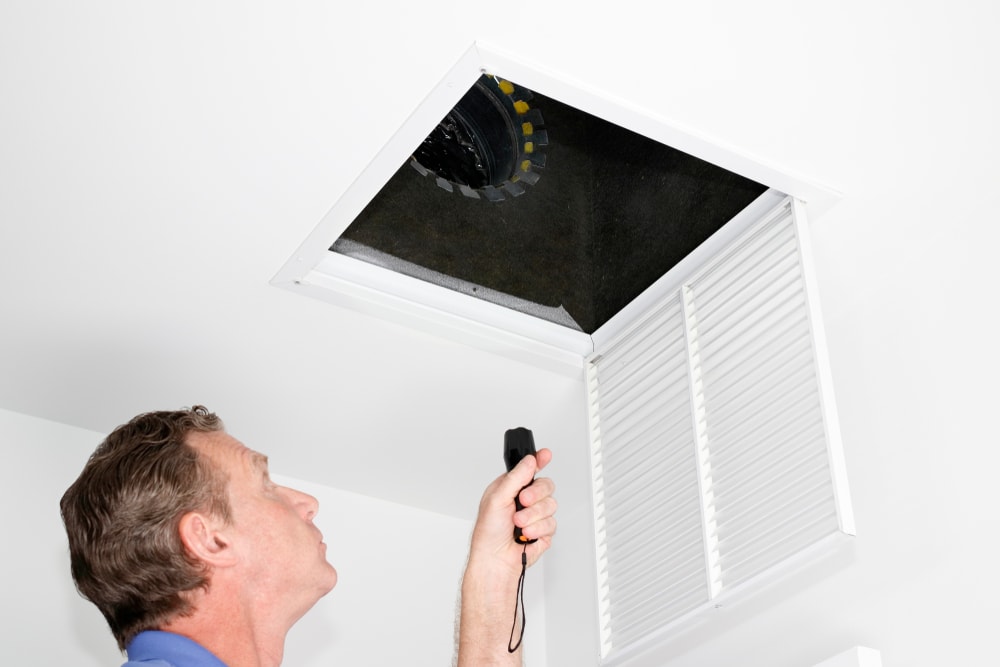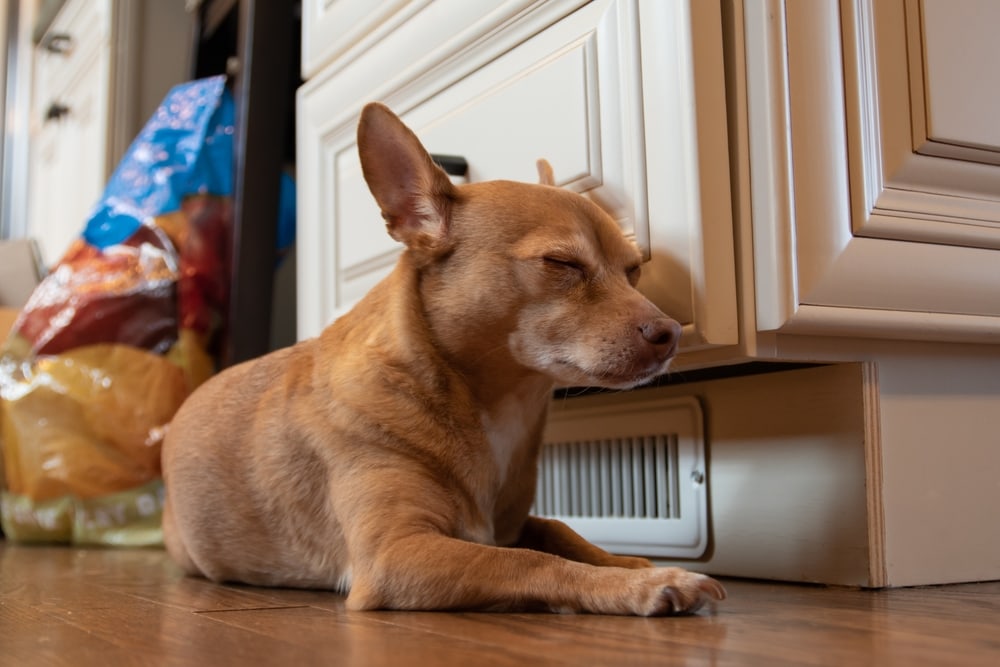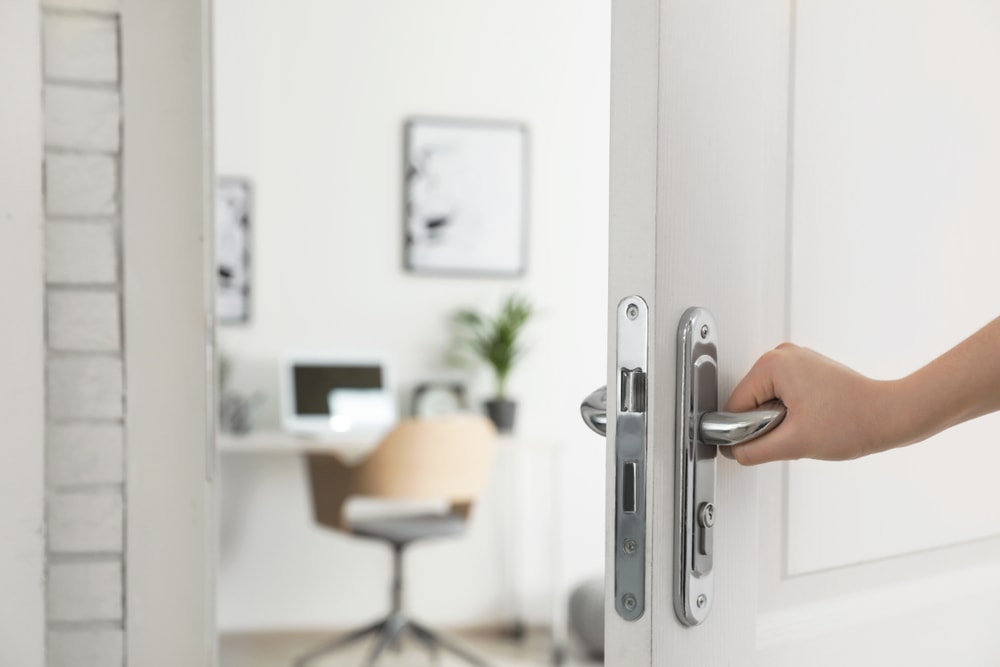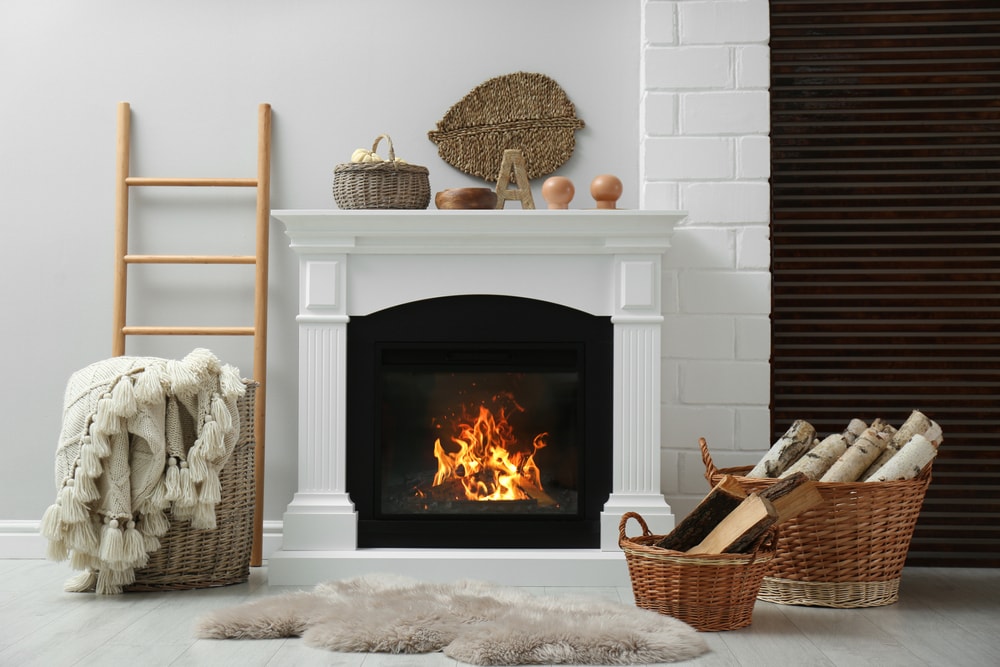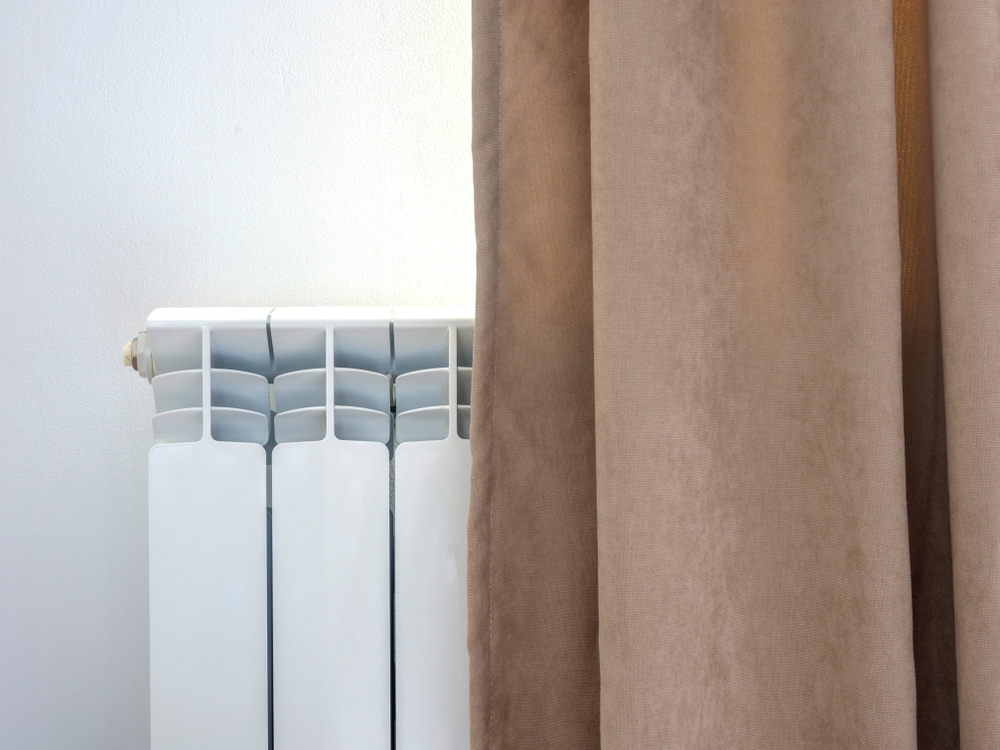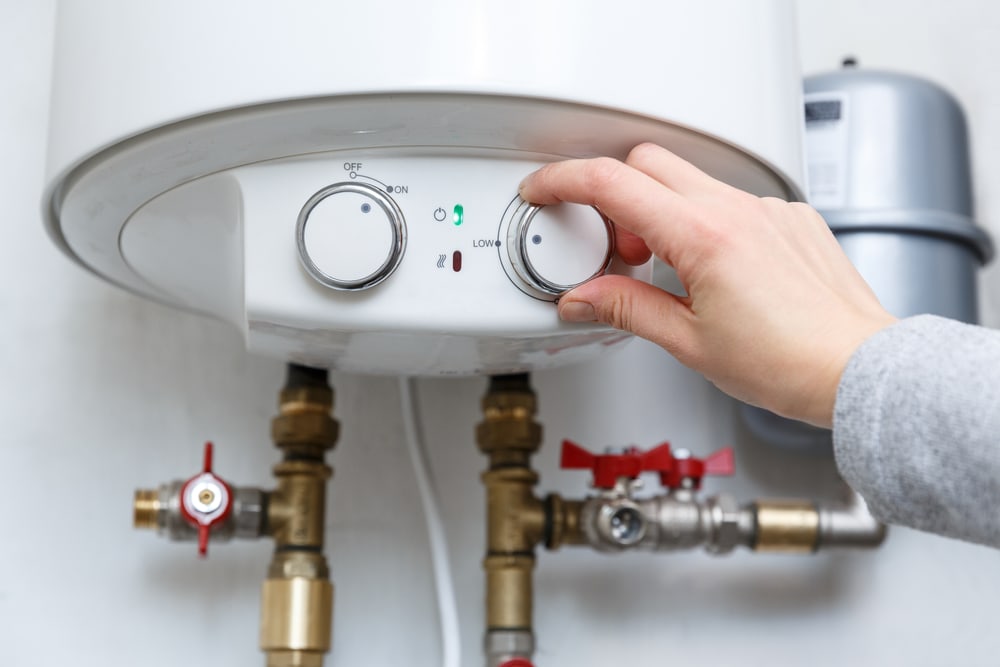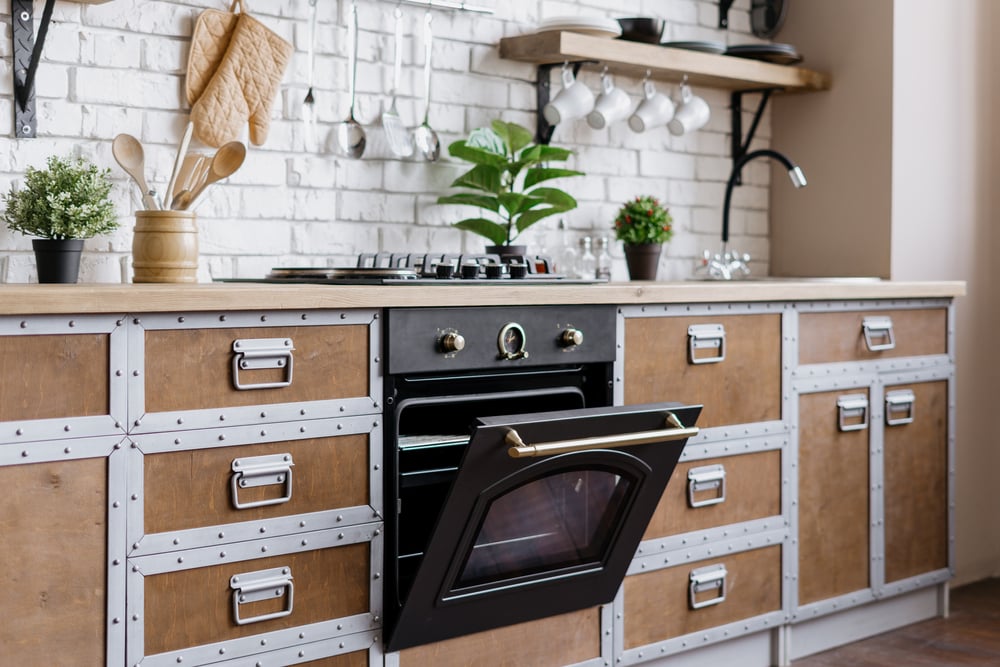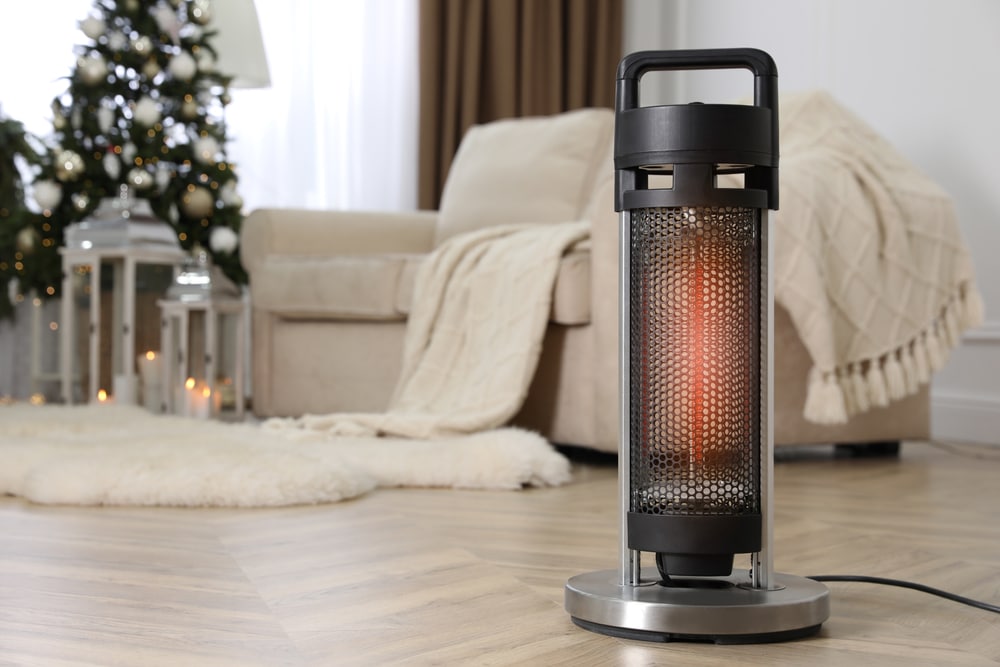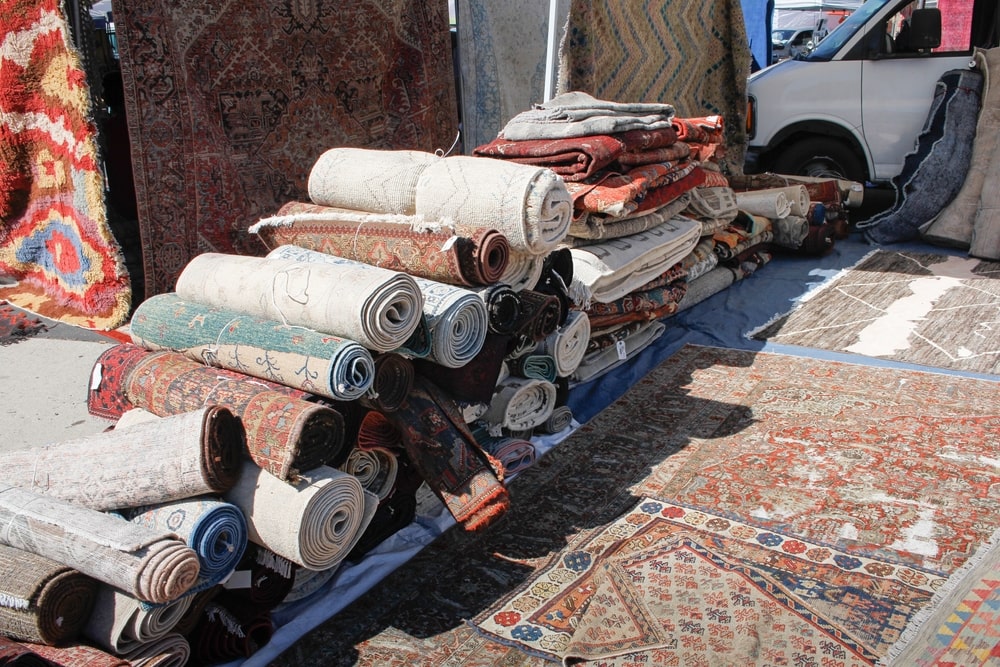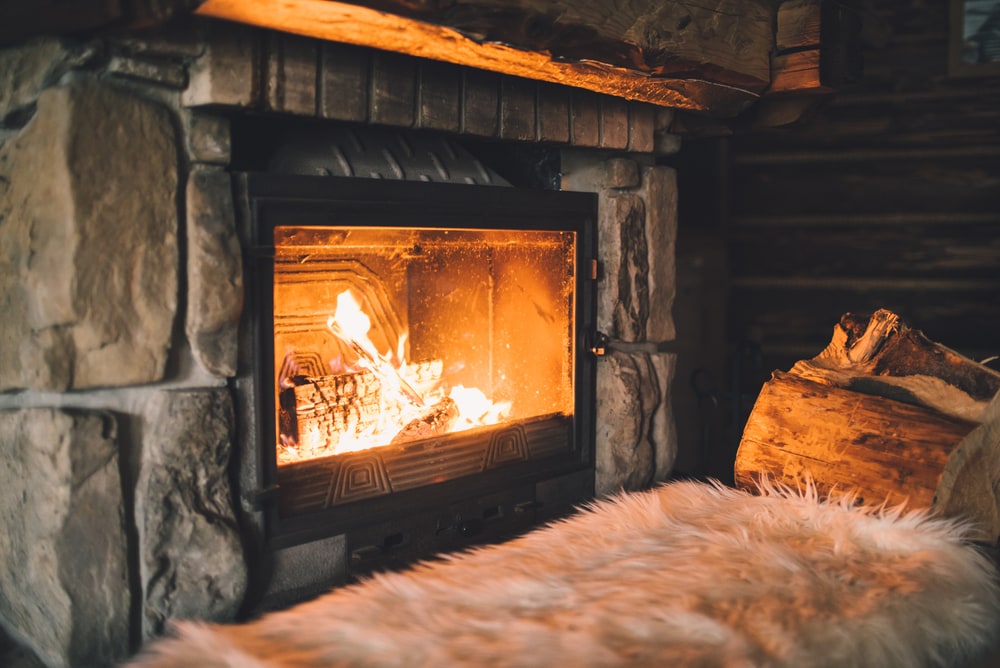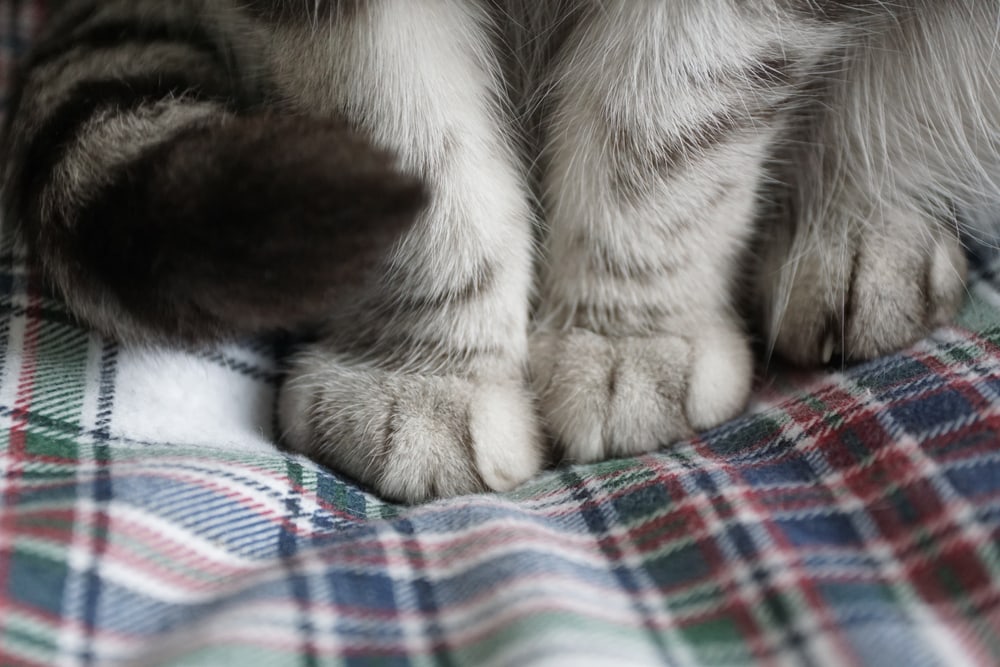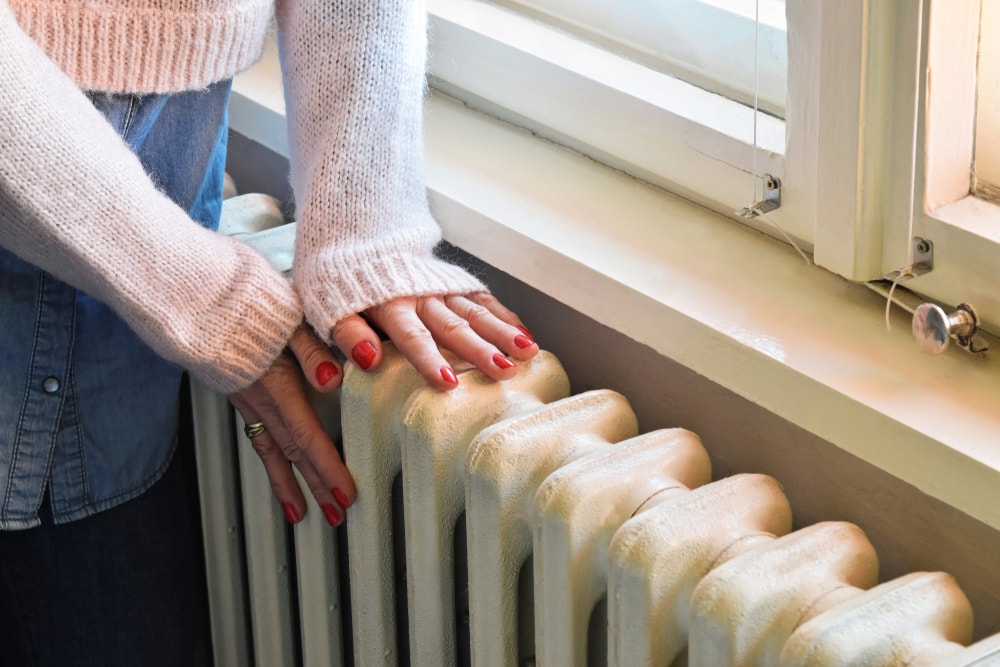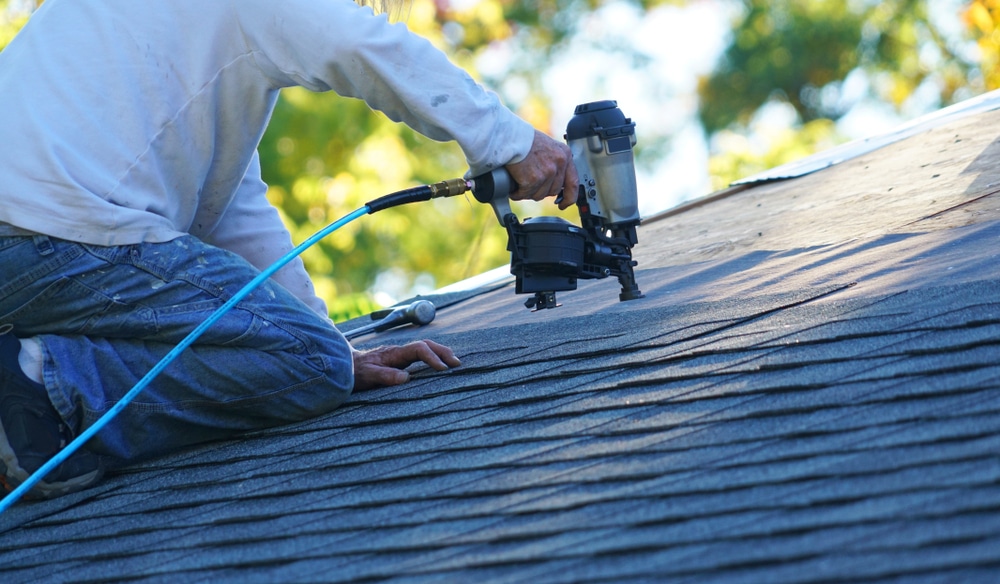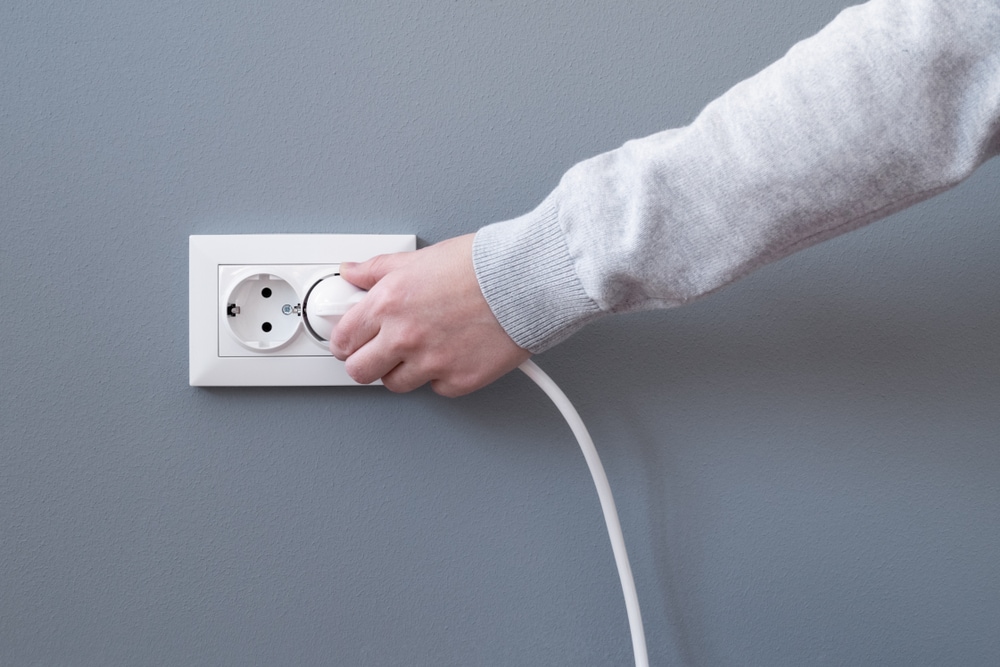Winter can be an expensive time of year, because you have to pay to keep your house warm. Homeowners can make several mistakes in the winter that can lead to inefficiencies and higher energy bills. Here at Home Addict, we’re going over some of the most common mistakes that people make. In addiction, we’re going to give some general advice about what steps you can take in the winter to keep your home warm, and save money on your utility bills. Thankfully, there are a lot of things that can be done to make your home more efficient. Here are some of the best tips for making your home warm this winter. Be sure not to make any mistakes!
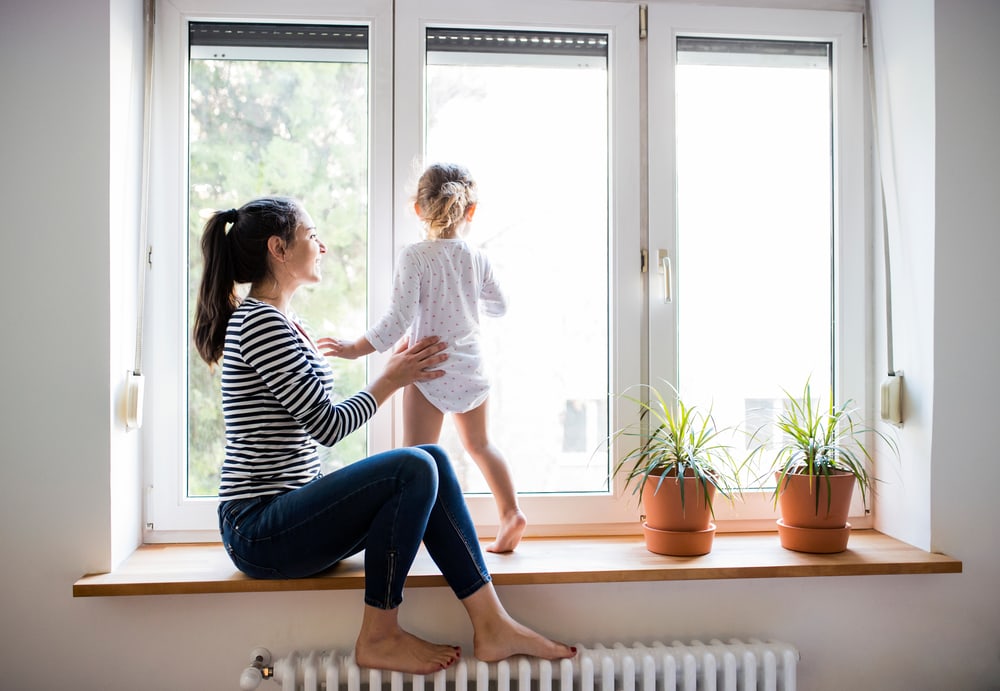
Take Advantage of Natural Sunlight
Far too many people forget to utilize natural light in the winter time to help heat their home. Taking advantage of natural sunlight in the winter can provide numerous benefits. Natural sunlight can help to heat your home, reducing the need for artificial heating. This can result in lower energy bills. Sunlight is also known to boost mood and improve mental health. During the shorter days of winter, natural sunlight can help to combat Seasonal Affective Disorder. Sunlight is a source of vitamin D, which is essential for healthy bones and overall health. By taking advantage of natural sunlight, you can save energy, improve your health, and create a warm and inviting home environment, all without relying on artificial heating. (via Off the Grid News)

